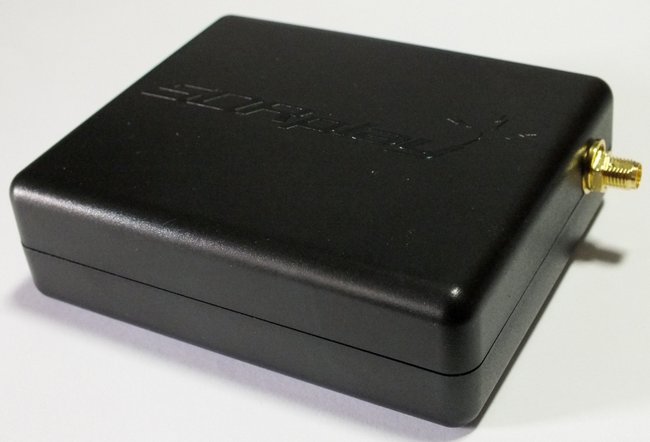(Source: Amateur Radio Astronomy blog)
Thanks to the efforts of Nathan Towne, we now have the ability to use [the SDRplay RSP] with Radio-Sky Spectrograph (RSS).
[…]As with RTL Bridge, a intermediary program sits between RSS and the receiver. This program was written by Nathan Towne and is named SDRPlay2RSS, not too surprisingly. This is a dot NET program and if you are up to date on your dot NET run-time updates you should be fine. Installation is a no brainer as SDRPlay2RSS comes with the RSS 2.8.18 update. SDRPlay2RSS does not come with the current full install of RSS so you must do the Full install and then the Update.


I’m interested in what the most popular, budgetary antennae are. Fun to look up the topic and select Images from the search results. I was thinking of the one I saw that seemed something like a directional wire antenna with a couple passive elements or so (maybe a reflector and two frontal parasitic). I know a 50-foot wide dipole in the middle of it would get down to like 9+ MHz or so for low-range Jovian emissions, but maybe a log perodic (vs. a yagi) or something might also bring my bandwidth up into like 26 MHz, being top range for Jovian emissions and galactic center transition etc… I don’t know if an antenna that big can multi-band me that high or not. But I do have property and wire I use for SWL. I know I can load coils and things to get the longer waves with smaller, even hand-held antennae (or probes) but I like to use the land resource while I can. I don’t mind waiting for that opportune moment when a celestial target passes in front of and broadsides my directional, 15-meter-wide (49.26 ft. wide) elements built ahead of time per predictions specs! Would make me feel a bit like an ancient astronomical monument builder waiting for the sun to cast a ray through one narrow slot once a year.